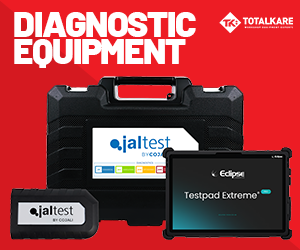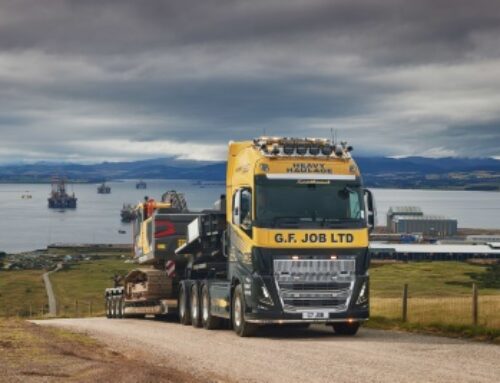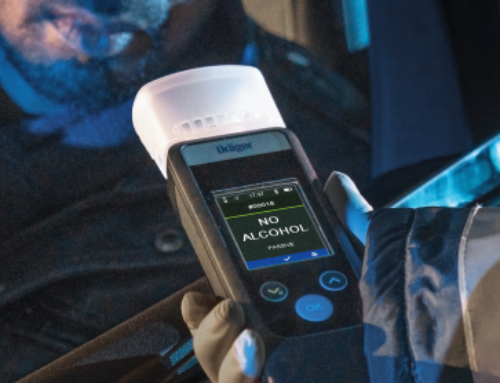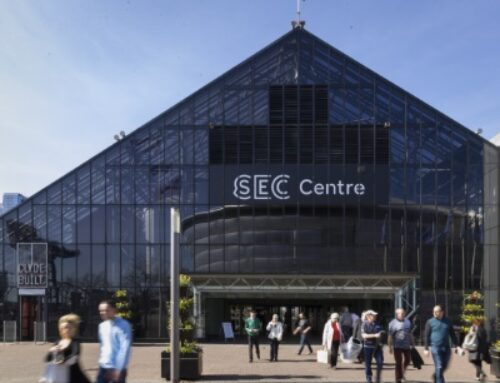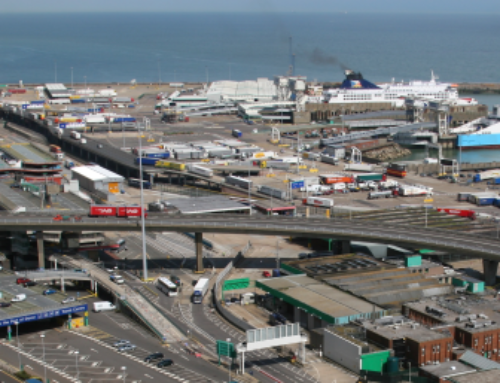Euro emissions proposals ‘may slow shift to net zero’
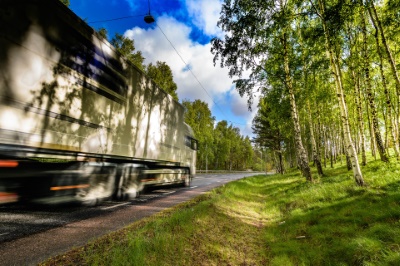 The proposed new Euro VII/7 standards designed to tackle air pollution from vehicle exhaust, tyre and brake emissions are drawing continued criticism from truck manufacturers, who fear that the separate strategy for transition to zero-CO2-emission vehicles will be adversely impacted as efforts are redirected into Euro VII compliance, for “marginal” air cleanliness benefits.
The proposed new Euro VII/7 standards designed to tackle air pollution from vehicle exhaust, tyre and brake emissions are drawing continued criticism from truck manufacturers, who fear that the separate strategy for transition to zero-CO2-emission vehicles will be adversely impacted as efforts are redirected into Euro VII compliance, for “marginal” air cleanliness benefits.
The proposals – which were set out by the European Commission late last year – demand more stringent exhaust emissions limits for pollutants such as nitrogen oxides (NOx) and particulates both for new trucks and buses, expected to be implemented from July 2027, and for vans and cars from July 2025.
But the industry has raised concerns that developing ultra-clean diesel vehicles will divert resources away from research into even cleaner or net-zero solutions such as electrics – while the comparatively short time that Euro VII diesel trucks will likely be on sale prior to the planned phase-out of the fuel will mean high research and development costs will have to be amortised over a small production run. This, it is feared, could lead to high unit costs, and, counterproductively, encourage operators to retain existing vehicles rather than replace them with new, cleaner, ones.
In January Martin Lundstedt, CEO of Volvo Group (which produces Volvo and Renault trucks) and the chair of the commercial vehicles board at European vehicle manufacturers’ association ACEA, said the proposed Euro VII standards were “a mistake” that would “threaten European competitiveness and, in the long run, European jobs.”
He said that the “North Star of the trucking industry should be the CO2 roadmap”, which would also serve to accelerate the reduction of NOx and PM emissions.
Mr Lundstedt had earlier warned that Euro VII plans would “severely impact our transition to zero-emission vehicles. It is not good for the climate, not good for people’s health and not good for the industry.
“Policy makers should focus on measures that accelerate fleet renewal, prioritising investments in zero-emission vehicles, which will have a far bigger impact on both air quality and reduced CO2 emissions.”
ACEA’s position is that Euro VII requirements will force vehicle manufacturers to redirect “tens of thousands of engineers” back to refining combustion engine technology for the new standards, rather than continuing investment in battery-electric and hydrogen-powered technologies designed to meet decarbonisation targets.
“Ultimately, this carries a major risk of slowing down the transition to climate neutrality,” it said.
By 2030, says the association, the most stringent Euro 7/VII scenario is expected to deliver additional NOx reductions of only two per cent for vans and heavy trucks, with zero impact for buses, compared to a scenario where no Euro 7/VII regulations are introduced.
“[From this comparison] it appears clear that Euro 7 has practically no impact on road transport NOx emissions,” claimed ACEA.
The association has also warned that by 2025, despite comprising a minority of the vehicle parc, pre-Euro VI vehicles (sold before 2013) would still contribute 77 per cent of the total NOx emissions from heavy trucks, thereby highlighting the importance of considering these older vehicles when formulating emission reduction strategies.
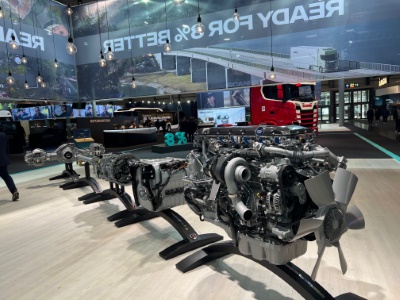
Traton’s S13 engine is designed for Euro VII and will be used in European and North American markets
The proposed regulations cover both light (Euro 7) and heavy-duty (Euro VII) vehicles in one set of rules, and will apply across the board to all fuels. In the case of trucks, this means that diesel and natural gas trucks will be tested on the same cycles and must meet the same limits.
These limits will apply across all driveline types, including hybrids. Even battery-electric vehicles will have to be tested for emissions, which will for the first time include non-engine pollutants: for example, tyre and brake wear particles.
Although past evidence gathered in the field by respected independent organisations suggested that real world exhaust emissions from Euro VI trucks were in many cases comparable or even lower than those of diesel cars, the reductions in tested emissions expected from heavy-duty vehicle engines are far greater than those demanded from cars and vans at Euro VII.
For example, cars and vans were allowed NOx emissions of 80 mg/km for diesels and 60 mg/km for petrols under Euro 6. At Euro 7, there will be just one limit for all fuel types: 60 mg/km.
In the heavy-duty segment, there will be two NOx limits, both lower than the current standard of 400 mg/kWh. Cold engines will be limited to 350 mg/kWh and hot engines to just 90 kg/kWh. Particle count for heavy-duty will be reduced by 39 per cent.
In addition to the pollutants regulated under existing Euro rules, the plans bring into scope pollutant emissions from lorries and buses that were previously not covered, such as formaldehyde – an irritant, carcinogenic gas – and nitrous oxide (N2O).
The test conditions are tougher, too. For instance, vehicles have to remain compliant at a higher ambient temperature (45°C), and the maximum altitude is up from 1,600 m to 1,800 m. There will be more emphasis on testing complete vehicles rather than bench-testing engines.
Introducing product on schedule with the regulations is also likely to be problematic. ACEA points out that the legislative package is unlikely to be finalised before 2024, giving little time for models to be prepared and tested.
Technical changes
Meeting the cold NOx limit presents possibly the greatest challenge for truck and bus engine designers. Current SCR systems are very effective at reducing NOx once they have reached a working temperature of 200°C and could be upscaled, but doing so may well increase the time taken to warm up.
Various solutions may have to be deployed, including using fuel-burners or electrical heaters in the exhaust system before the engine is cold-started. The current trend of moving catalytic converters closer to the turbocharger, and combining all the other elements of post-combustion emissions control into compact modules for faster warm-up will no doubt be accelerated. Volvo’s current strategy of recirculating uncooled exhaust gas back into the combustion chamber when the engine is cold may be taken up by other manufacturers.
City buses working in stop-start conditions sometimes struggle to maintain exhaust temperature due to the high ratio of air being pumped through the engine at idle, and solutions here may include cylinder deactivation so one or more pots have their valve actuation and fuel supply temporarily shut off, raising combustion temperatures in the remaining cylinders, and keeping exhaust temperatures higher. Jacobs (now part of Cummins) has adapted its variable valve actuation system to do this.
Ultimately, manufacturers will be looking to maximise emissions cleanliness within the combustion chamber while optimising fuel economy to meet VECTO targets.
This will mean optimising the exploitation of proprietary technology such as the advanced fuel injection systems produced by the likes of BorgWarner, whose F3 system operates at up to 3,000 bar, features closed-loop control, and can deliver up to nine injection events per combustion cycle.
We may likely see more development of common platforms, continuing a trend which sees Cummins supplying selected engines to Scania and DAF and taking over the development of medium-duty power units for Daimler, and Scania, MAN and Navistar sharing a powertrain.




